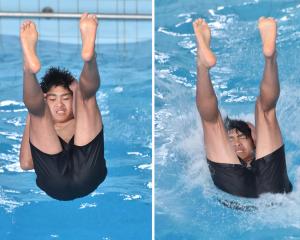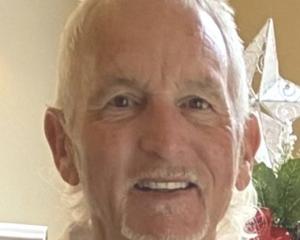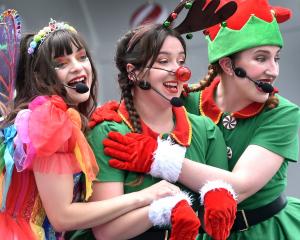Mr Grant (80) can trace his interest in aircraft back to his childhood hobby of building model aircraft.
These skills later transferred to making "running repairs" to gliders he piloted at the now defunct Otago Gliding Club.
In 1956, he gained his pilot's licence, training in Cessna 150s, before flying Austers and Tiger Moths.
He was a member of a glider syndicate which bought a 400 Tiger Moth.
He and a friend later pooled parts to construct a similar bi-plane.
As a boy, he flew across Cook Strait in a Dominie, but says a flight in a Tiger Moth on a trip to Dunedin with the Waitaki Boys Air Training Corp during World War 2 was a "very exciting" formative experience.
About 30 years ago, he realised the only way to own a World War 1 fighter was to build a replica.
"I wanted [a fighter] and decided I could build it myself. All you need really is an interest in aircraft and some woodworking tools, like a bandsaw, and plenty of time. The rest you can teach yourself."
Using drawings from Canada for his 1918 SE 5a (a World War 1 British fighter), he spent about 2000 hours constructing the aircraft.
Similarly, his recently-completed three-quarter replica of a 1918 German Albatros DVa took about three and a-half years' work to build over a 14-year period.
Bi-planes, he says, are "real aircraft", a feeling which is reinforced each time he gets behind the controls.
"I fly as often as possible, and still do some aerobatics. I've flown all around New Zealand in the SE 5a, landing in paddocks in rough weather. I'll stop flying when I've had enough or I'm not allowed."
Mr Grant, a retired commercial traveller, has enjoyed the social and technical side of aviation, and transporting a Tiger Moth north for an Auckland buyer was the genesis of the Tiger Moth safaris.
He met wife Jeanette on a safari about 15 years ago, and she has tolerated his frequent trips to the shed and helped with projects at their farm near Fairfield since.
He has appeared at the Warbirds Over Wanaka airshow in his SE 5a.
Mr Grant's three-quarter replica fighters are both microlites weighting less than 550kg.
As single-seater aircraft, they do not require Civil Aviation Authority certification.
He is only aware of a handful of people building replica World War 1 aircraft in New Zealand, including engineers employed making full-scale planes for film-maker Peter Jackson's Blenheim-based private collection.
However, the hobby is "huge" in the United States, with the 30,000th home-built aircraft recently receiving registration.
The aircraft are made of readily available wooden and aluminium components.
The fuselage is carved planking and wings and tail sections have wooden frame-work, covered by dacron fabric sealed with dope paint.
They are powered by small capacity aircraft or automotive engines.
Home-built aircraft kits are available.
"I would recommend starting with gliders. You learn the basics with finesse and makes life a lot easier for further aircraft training. Old planes are like old cars - if you don't treat them with respect, they will kick you. I would be more than happy to discuss and meet like-minded people interested in constructing home-built aircraft."













